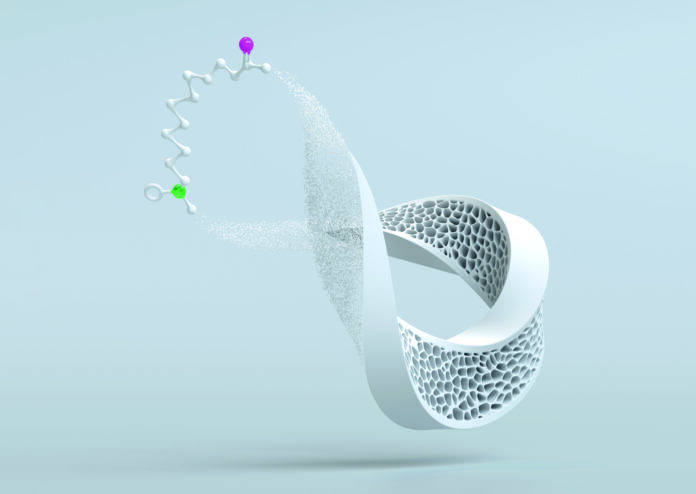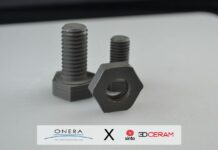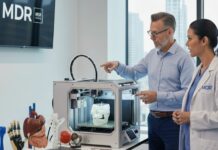As I told you before, I am one of those people who believes that a circular economy strategy for 3D printed plastics starts with material. While decisions that influence each strategy vary from one company to another, they need to start with life cycle assessments (LCAs). Interestingly, it takes a conversation with Evonik to understand the perspective of a material producer on LCAs and how this has driven the development of the INFINAM eCO line.
Specialty chemicals company Evonik is one of those companies that no longer needs any introduction. Its activities in support of Additive Manufacturing technologies (AM) have spawned the development of several innovative products, which in turn, have benefited several vertical industries adopting AM. In a context where circularity increasingly becomes the cornerstone of a sustainable future, Evonik implements a strategy that goes beyond the simple idea of waste management.
According to its stated sustainability goals, the company intends to generate more than 50% of sales by 2030 from its Next Generation Solutions, which the company describes as, “products and solutions that have a positive sustainability profile clearly above the market reference level.”
“To get us closer to our 2030 goal, it’s essential to be able to measure the sustainability of our products and services using the best tools, methods and expertise possible, such as “life cycle assessments” or LCAs,” says Florian Hermes, director of sustainability at Evonik’s High Performance Polymers business line.
Used in business and environmental planning across many industries, ISO-compliant LCAs remain one of the most reliable methods, I dare say the most reliable method, to verify environmental impacts and support claims. Leveraged by most AM companies, this technique is not only useful for engineers but also for designers and regulators looking for valuable information to assess decisions in each life stage of materials, buildings, services and infrastructure.
« An LCA is a methodical analysis that quantifies the environmental impact of a product or service, » says Hermes. « All of our LCAs are based on ISO 14040 and 14044. Additional guidelines come from ISO 14067, the Together for Sustainability’s (TfS) “Product Carbon Footprint Guideline for the Chemical Industry,” the Product Environmental Footprint’s (PEF) “Greenhouse Gas Protocol,” guidelines from the World Business Council for Sustainable Development (WBCSD), and further relevant regulations and widely accepted standards. »
At Evonik, LCAs help to make informed decisions. It’s as simple as that. The company’s sustainability choices come from a full LCA that involves carbon footprint and other impact categories such as water usage – the ultimate goal being to show the environmental impact of its products and services.
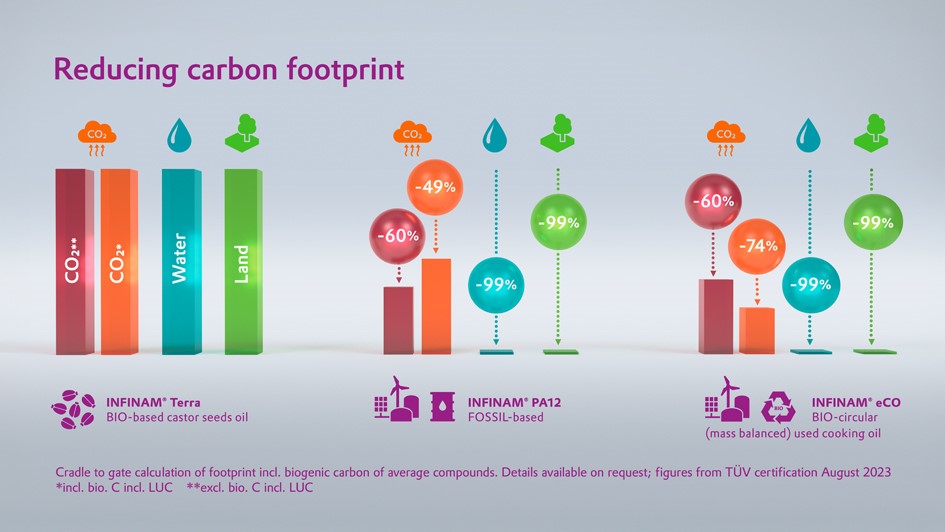
« In this fact-based approach, different materials can be compared with each other, [but also] different manufacturing technologies. Also, the sustainability benefits of an application have to be considered in order to quantify sustainable effects (also known as a product’s “handprint”). For instance, if we make a sturdy lightweight material that can be used in the manufacturing of lighter-weight, aircraft, the ability to save a lot of fuel has increased and thus, the ability to reduce a lot of carbon emissions. The material would have to be analyzed based on the carbon emissions required to produce it, as well as the carbon emissions reduced once the material is put to the appropriate use, » says Hermes.
While some customers would be willing to pay a premium for sustainable products, the trap they might fall into is to buy a product that is labeled « circular or sustainable » without any certified metrics to justify this circularity. For this reason, Evonik is committed to highlighting the key metrics that support its worldwide sustainability transformation. Among many others, these metrics include indicators regarding a product’s impact on land-use, blue water consumption, and water scarcity.
How does this support a more sustainable development and commercialization of the company’s INFINAM product line?
As a regular reader of 3D ADEPT Media, the name INFINAM® may be familiar to you. This brand was launched four years ago to group all AM materials from the company within the same business line. Two years ago, Evonik decided to shed light on its « RHILOSOPHY » – its formula to drive the circular plastics economy with the launch of the INFINAM eCO line.
« INFINAM eCO is a low-footprint polyamide 12 based on a mass-balanced feedstock of used cooking oil. It excels in terms of carbon footprint but also in terms of water and land usage, thanks to the use of this waste-based . At the same time, it excels in performance which is identical to classical INFINAM grades. The eCO designation stands for the use of renewable or circular feedstocks via the mass balance approach, to further reduce CO2 emissions, » says Dominic Stoerkle, head of the Additive Manufacturing & Material Solutions product line at Evonik.
As a reminder, this RHILOSOPHY is based on four cornerstones: reduce, reuse, , recycle and renewable or circular raw materials.
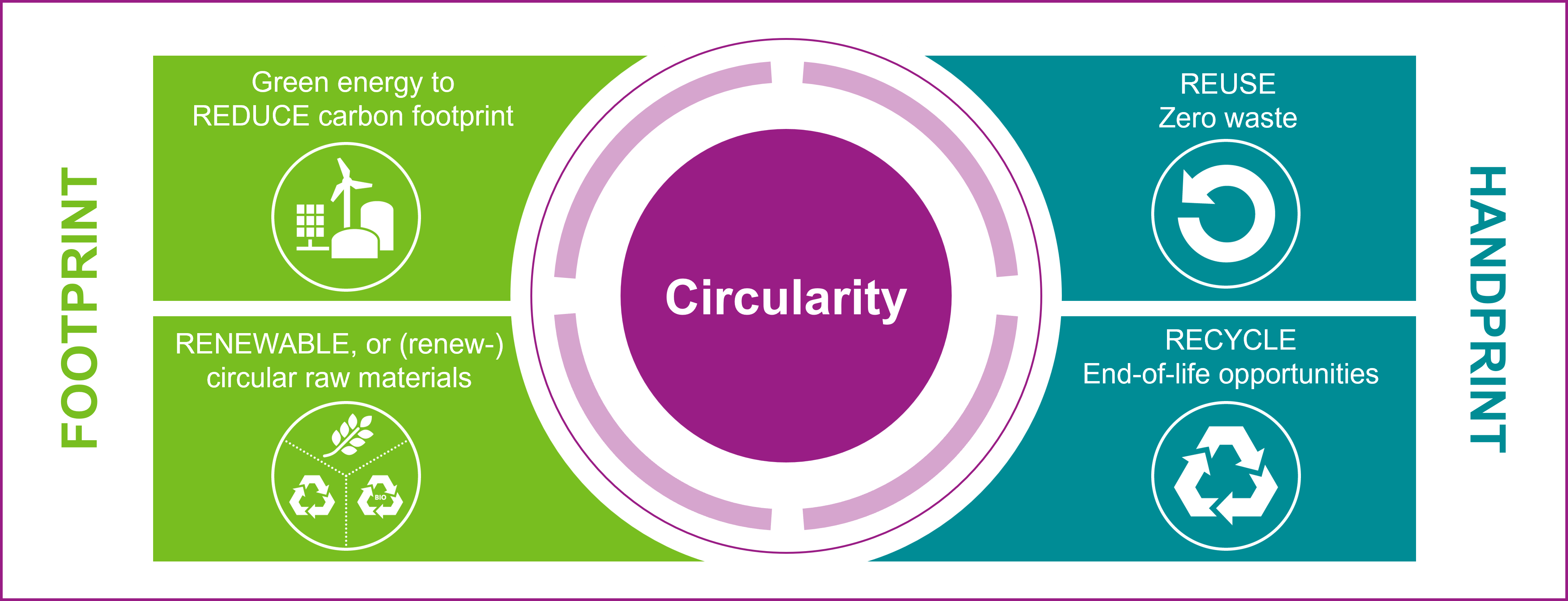 Through a mass-balance approach, Evonik sources bio-circular raw materials, such as used cooking oil for use as feedstock. Furthermore, the company states that its INFINAM powders for 3D printing are also designed in such a way that, in many cases after a printing job, it is possible to reuse 100% of the powder that is left over.
Through a mass-balance approach, Evonik sources bio-circular raw materials, such as used cooking oil for use as feedstock. Furthermore, the company states that its INFINAM powders for 3D printing are also designed in such a way that, in many cases after a printing job, it is possible to reuse 100% of the powder that is left over.
“Currently, the market standard among printing powders for SLS (Selective Laser Sintering) is that once a 3D printing job has finished, only about 80% of the powder remaining in the chamber can be reused. This means about 20% of that powder is not fit for use and is wasted. Our INFINAM powders for 3D printing have the market’s best reusability rate at 100%. This maximizes the EFFICIENCY potential for 3D printing manufacturers, as less remaining powder is rendered into wasted raw material. EFFICIENCY means less waste and less waste means maximizing the potential of any given raw material,” says Arnim Kraatz, Director Powder Bed Fusion at Evonik.
As far as advantages are concerned, it should be noted that compared to INFINAM® Terra, INFINAM eCO has 74% less carbon emissions. « It offers a considerably lower carbon footprint but as it’s chemically identical to INFINAM PA12 powders, it retains 100% of the performance benefits of these powders. In other words, there is no change in performance, » says Arnim Kraatz.
Beyond just reducing CO2 emissions, Evonik’s understanding of circularity in the AM industry is about conducting a comprehensive analysis that includes other important factors like water consumption and land use to improve the overall ecological balance. By « thinking plastics from beginning to beginning », the company plays its part in contributing to both footprint and handprint values.
This content has been produced in collaboration with Evonik. All images: courtesy of Evonik. It was initially published in the July/August edition of 3D ADEPT Mag.



